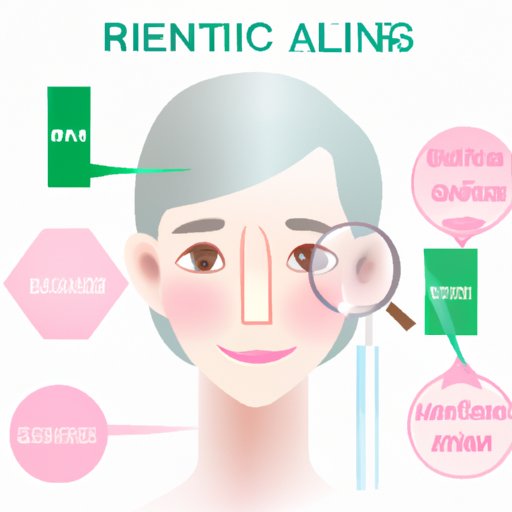How to Use Retinol: A Comprehensive Guide
Retinol has become a holy grail ingredient for many people looking to improve their skin. As one of the few skincare ingredients that is scientifically proven to work, retinol has established itself as a must-have in many people’s skincare routines. However, with great power comes great responsibility, and using retinol incorrectly can lead to serious side effects. In this article, we’ll provide you with a comprehensive guide on how to use retinol effectively and safely.
What is Retinol?
Retinol is a form of vitamin A that has been clinically proven to have a significant impact on skin health. It stimulates cell turnover, increasing the rate at which your skin sheds dead cells and creates new ones. This process helps to reduce the appearance of fine lines, wrinkles, and acne.
Retinol works by binding to skin cells and encouraging them to produce collagen, a protein that gives skin its firm and youthful appearance. Collagen production naturally declines as we age, which is why retinol is such a powerful anti-aging ingredient. In addition to its anti-aging benefits, retinol can also help to improve skin texture, brighten skin tone, and reduce the appearance of hyperpigmentation.
Retinol differs from other skincare ingredients because it is a derivative of vitamin A, making it a more potent and effective ingredient. However, this also means that it can be harsh on the skin if not used correctly.
Choosing a Retinol Product
There are several forms that retinol is available in, including serums, creams, and oils. Choosing the right form of retinol for you can be a bit of a process of trial and error. If you have sensitive skin, you may prefer to use a gentler, lower concentration of retinol in a cream format. Alternatively, if you’re looking for a more potent option to incorporate into your anti-aging routine, a higher concentration serum might be more suitable for your needs.
When it comes to picking a retinol product, it’s important to look for products that have a high concentration of retinol. Look for a concentration of at least 0.5% retinol, as anything lower than this may not be effective. If you’re new to retinol, you may want to start with a lower percentage and work your way up as your skin adjusts.
It’s also important to make sure that the other ingredients in retinol products are compatible with your skin type. Look out for irritating ingredients like alcohol and fragrances that may cause adverse side effects.
Incorporating Retinol into Your Skincare Routine
Retinol is a potent ingredient, so it’s important to use it correctly to avoid adverse side effects. Typically, retinol products should be applied at night after cleansing and toning. Avoid using it during the day as it can make your skin more sensitive to sunlight, causing sun damage.
When incorporating retinol into your skincare routine, it’s important to remember to moisturize. Retinol can be quite drying, so it’s essential to lock in hydration by using a moisturizer that is gentle and compatible with your skin type.
Remember that retinol is a powerful ingredient, so it’s important to start slowly to allow your skin to adjust. Start by using retinol once or twice a week, gradually working up to daily use as your skin tolerates it.
Common Mistakes to Avoid
One of the most common mistakes people make when using retinol is using too much of it. A little goes a long way with retinol, and overusing it can cause adverse side effects, including redness, dryness, and irritation.
Another mistake people make is not waiting long enough after application before applying other products. It’s important to wait at least 15 minutes after applying retinol before applying other creams or serums to avoid diluting the product.
Finally, people often try to use retinol every day, even when their skin is not ready for it. It’s essential to start slowly and gradually work up to daily use as your skin adjusts to the ingredient.
Retinol Side Effects and How to Deal with Them
Retinol can be harsh on the skin, especially if used incorrectly. The most common side effects of retinol include redness, dryness, and peeling. If you experience any of these side effects, it’s essential to reduce your usage immediately.
To reduce the likelihood of experiencing side effects, start using retinol slowly and gradually increase your usage. Make sure to moisturize adequately and avoid using other harsh products in combination with retinol.
If you do experience side effects from using retinol, there are several things you can do to help limit the impact on your skin. Use a gentle cleanser, avoid using other harsh products, and make sure to wear sunscreen during the day to protect your skin from sun damage.
Conclusion
Retinol is a powerful ingredient that can have a significant impact on skin health. However, it’s essential to use it correctly to avoid adverse side effects. Remember to start slowly, use moisturizers in combination with retinol, and avoid using other harsh products in combination with it. With proper usage, retinol can help to reduce the appearance of fine lines, wrinkles, and acne while improving skin texture and tone.
